Description of the flavor, taste and aroma characteristics of Sidamo coffee beans the latest news of the first batch of Sakui 6.0 arriving in Hong Kong
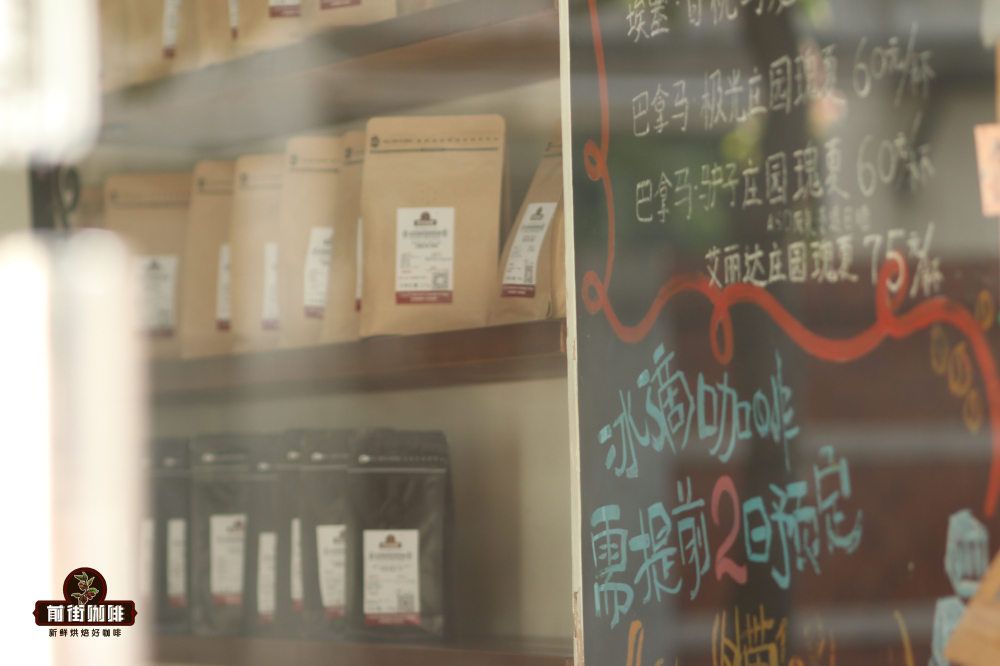
When it comes to coffee beans in Sidamo, Ethiopia, I believe the first thing that comes to mind is Huakui coffee beans. This year 2022 is the sixth year that Huakui coffee beans have become famous, which means that there are 6.0 batches of Huakui coffee beans in this new season. Due to the shortage of shipping containers this year, the first batch of Huakui 6.0, which was originally exported in March, has not set out in the Ethiopian capital, and air transport batches have also led to slow passage at the port due to the aggravation of the epidemic in Shanghai. It was not until mid-April that the first batch of Huakui 6.0 was transferred to Guangzhou port and distributed one after another.
Qianjie Coffee only got Huakui 6.0 batches of coffee beans at the end of May, but after opening the sack, Qianjie barista observed that this year's Huakui 6.0 coffee beans had a high overall defect rate, so they gave feedback to Huakui Coffee Raw Bean Import Company Hongshun. In addition to Qianjie coffee, many bakers responded to the same problem, so they explained the high defect rate of Sakui on official account in mid-June, saying that the high defect rate was due to the lack of Rain Water in the early stage of coffee red fruit at the end of 2021.

However, in order to enable everyone to drink freshly roasted coffee beans of more stable quality, Qianjie Coffee will not sell 6. 0 batches of coffee beans this year, but will adopt the new season Sunshine Coffee beans, which are also produced by the Sidamo Humbera Buku Abel processing Plant, which is also imported by Hongshun.
Is not the coffee bean of Sakuran 6.0 is also Sakuran? Of course! In 2017, the coffee bean, the champion of the toh sun group, was not called Sakuran at first, but a native variety of coffee beans from the Buku Able processing plant of DW Company. in the same year, after domestic baristas used this champion bean to "beat" the contestants who were present to use Rosa coffee beans, this coffee bean began to be noticed by domestic coffee people. Hongshun Coffee Bean Company also began to introduce sun-dried coffee beans from Humbera production area of DW in the same year. In order to make it easier for everyone to remember this coffee bean, it was named Sakuran. To put it simply, this coffee bean is called Sakuran only at home, while this coffee bean is still called Humbera sun Essel native variety coffee bean abroad.
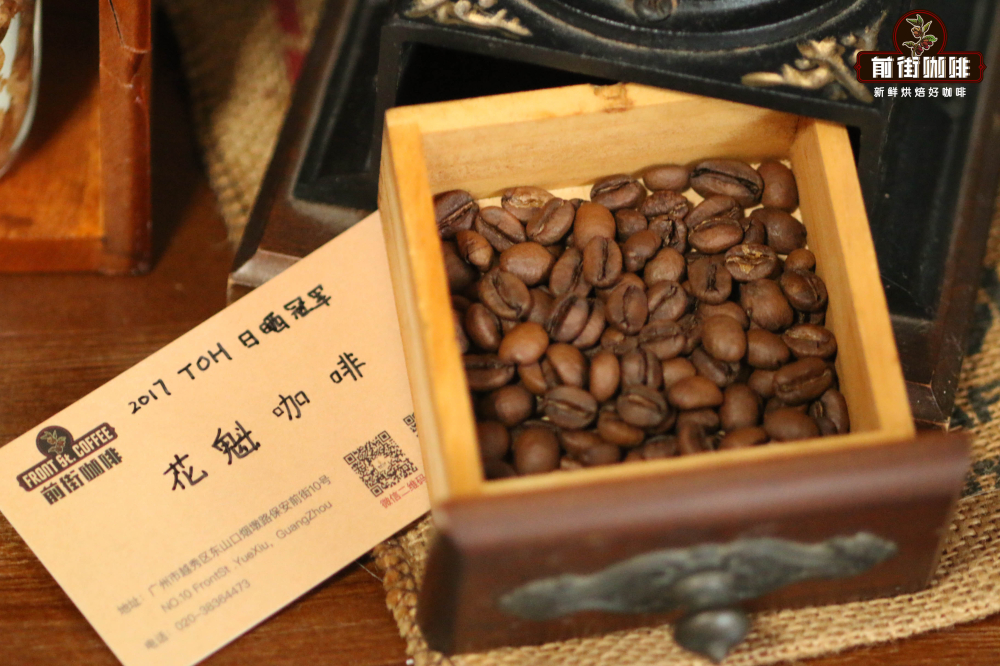
As the birthplace of coffee varieties, Ethiopia has too many coffee varieties. It is like the natural gene bank of Arabica. On the one hand, there are many varieties, and it is difficult to identify and classify them. On the one hand, the Ethiopian government is unwilling to disclose information about these varieties for the sake of protection, so it is collectively called the Ethiopian original species.
As a crop, the quality of coffee beans changes with many natural factors every year, so X.0 is used to distinguish the new season. After winning the championship in 2017, DW further increased the number of processing plants in Hambella's core production area Dimtu, which is owned by "Buku Abel", "Buku Saysay", "Haro Soresa" and "Tirtiro Goye", with an annual output of about 1100 tons of coffee. In terms of planting areas and treatment plants, of all these estates and treatment plants, only those from the treatment area of the "Buku Abel" treatment plant cover the small producing area of sun-cured coffee beans.
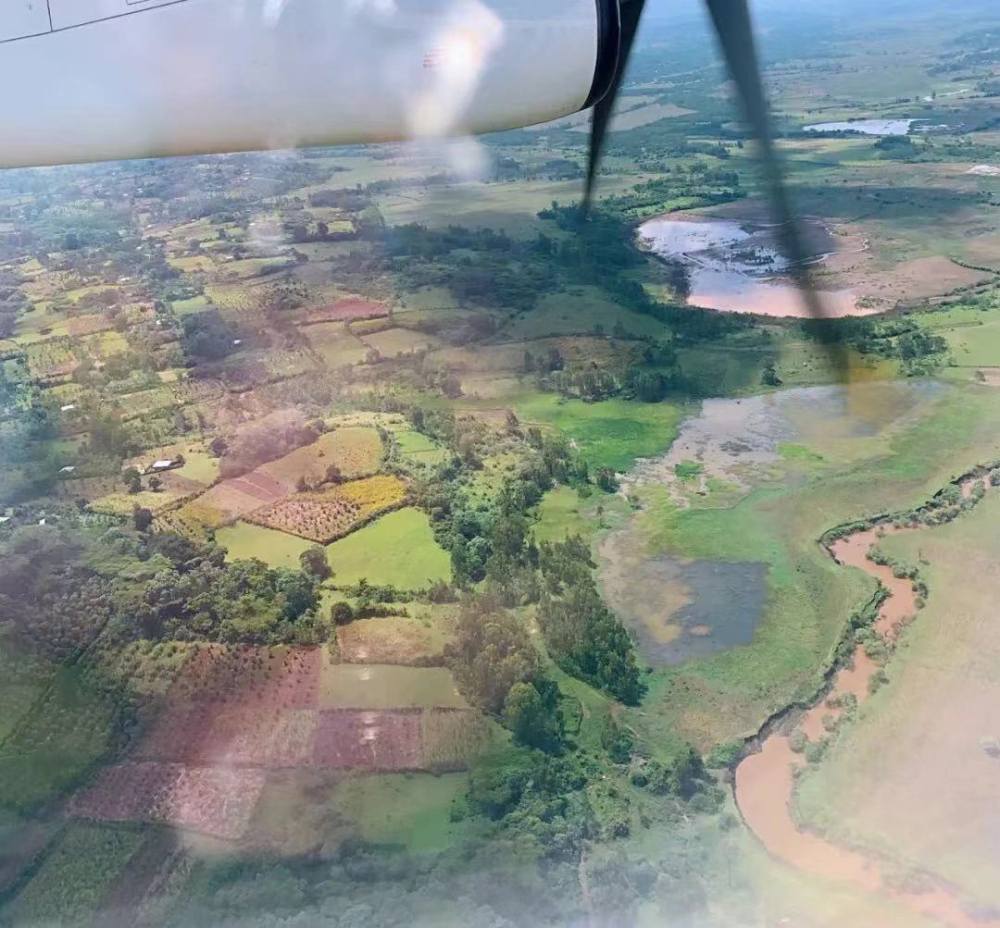
When the new seasonal Humbera coffee beans are launched every year, strictly speaking, only the sun-treated Ethiopian native varieties of coffee beans produced by the Buku Albel processing plant can be called "Sakui X.0". While Qianjie Coffee tested the Sakui coffee beans in the new season each year, it was found that the overall mellow thickness and afterrhyme of the Sakui X.0 coffee beans in the later season were not as good as those of the Sakui in 2017. But some of the smaller beans from the Humbera buku processing plant in 2018 and 2019 had a taste similar to that of 17-year-old Sakuran coffee beans.
By comparing different batches of Sakui, Qianjie realized that the main source of the aroma of Sakui in 2017 is that there are some very small varieties of Sakui coffee beans, and these small coffee beans are not many. There are several bags of A. Nuis's small beans in ten sacks of X.0 beans. After 18 and 19 years of cup testing, Qianjie Coffee determined that the main aroma source of Huakui coffee beans came from these small seeds, and told the raw bean merchants this information. So in 2020, Sakuran split into 4.0 and Xiaogui. Sakuran X.0 is one series, and Sakuran Xiaomi is another series.
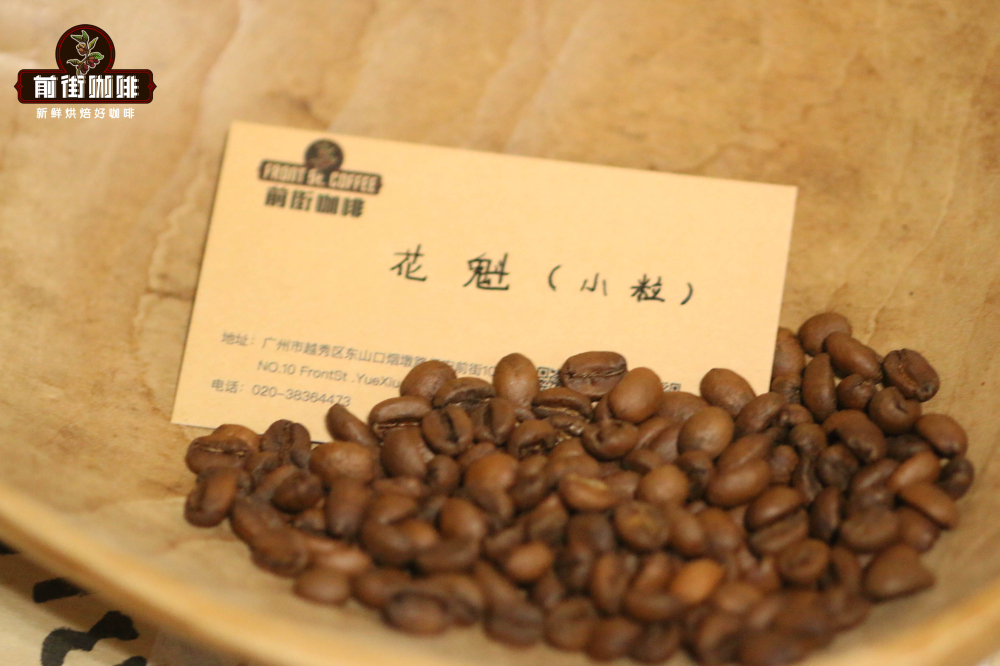
In order to show the full juicy characteristics of Huakui coffee beans in its producing area, Qianjie coffee roasters use shallow roasting ~ through cup test comparison, this year's new season Huakui coffee beans have rich sweet and sour berries, tropical fruit-like fermented aromas and black tea-like aftertaste. When you buy Qianjie Coffee Huakui coffee beans, you will receive freshly roasted coffee beans within 5 days after the baking completion date.
The brewing of Huakui coffee beans does not need too complex extraction, as long as the simple use of three-stage extraction and with universal V60 filter cup, using medium fine grinding (China 20 standard sieve screening rate of 75%)-90 degrees Celsius water temperature, brewed at 1:15 powder ratio, you can get a very delicious cup of Huakui coffee!
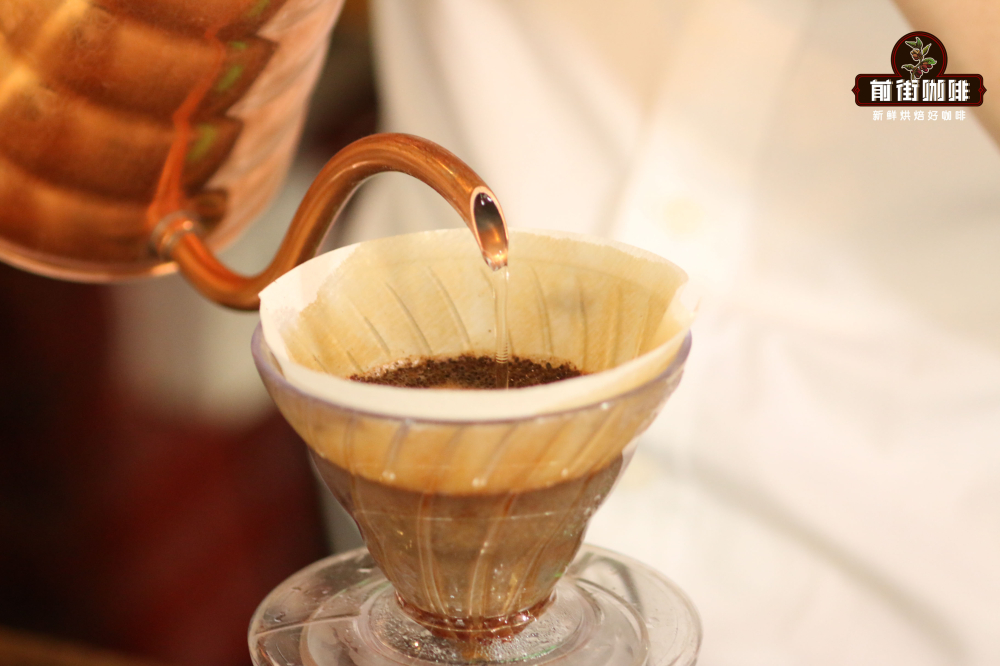
When everything is ready, start the clock. After the first injection to 30g water, steam for 30s, then start the second small flow circle to 125g, wait for the amount of water in the powder bed to reach half, and then continue to inject water to 225g, after all the drip filtration is completed, the total extraction time is about 2 minutes 20 seconds-2 minutes 30 seconds.
Qianjie Coffee newly produced Jihuakui coffee bean flavor: passion fruit, fermented wine, strawberry, jackfruit, black tea.
Professional coffee knowledge exchange more coffee bean information please follow the coffee workshop (Wechat official account cafe_style)
For more boutique coffee beans, please add private Qianjie coffee on Wechat. WeChat account: qjcoffeex
Important Notice :
前街咖啡 FrontStreet Coffee has moved to new addredd:
FrontStreet Coffee Address: 315,Donghua East Road,GuangZhou
Tel:020 38364473
- Prev
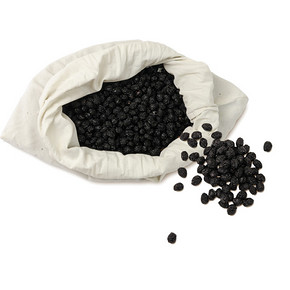
Is Ethiopia G1 Sidamo coffee beans good?
Following Ka Pai (Wechat official account vdailycom) found that Beautiful Cafe opened a small shop of its own: Ethiopia. Sidamo Coffee Bean Origin: Ethiopian Grade: G1 roasting: shallow roasting (just explode) treatment: washing flavor: lemon, citrus, caramel Ethiopia. Sidamo is a type of single origin that grows in Ethiopia.
- Next
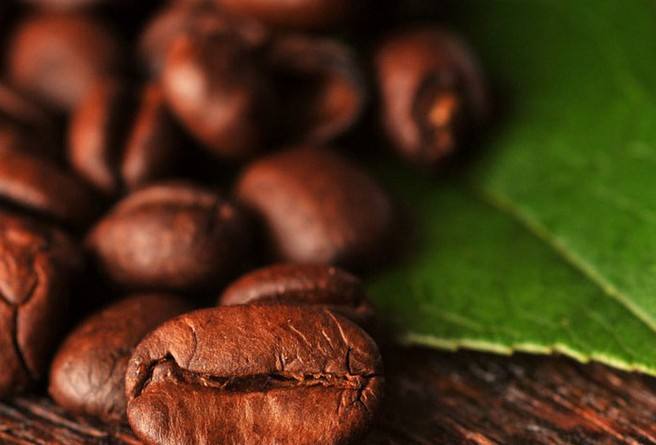
Introduction of Ethiopian native species Heirloom in Sidamo Ted Manor
Following Cafe Review (Wechat official account vdailycom) found that Fairview Cafe opened a small shop of its own Coffee country: Africa Africa, Ethiopia Ethiopia, Coffee Manor: Guji Guji, Hambella Wamena area, Dimtu City, buku able Manor Coffee Variety: Heirloom, Ethiopian Native seed production altitude: 2250-2350m quality Grade:
Related
- Detailed explanation of Jadeite planting Land in Panamanian Jadeite Manor introduction to the grading system of Jadeite competitive bidding, Red bid, Green bid and Rose Summer
- Story of Coffee planting in Brenka region of Costa Rica Stonehenge Manor anaerobic heavy honey treatment of flavor mouth
- What's on the barrel of Blue Mountain Coffee beans?
- Can American coffee also pull flowers? How to use hot American style to pull out a good-looking pattern?
- Can you make a cold extract with coffee beans? What is the right proportion for cold-extracted coffee formula?
- Indonesian PWN Gold Mandrine Coffee Origin Features Flavor How to Chong? Mandolin coffee is American.
- A brief introduction to the flavor characteristics of Brazilian yellow bourbon coffee beans
- What is the effect of different water quality on the flavor of cold-extracted coffee? What kind of water is best for brewing coffee?
- Why do you think of Rose Summer whenever you mention Panamanian coffee?
- Introduction to the characteristics of authentic blue mountain coffee bean producing areas? What is the CIB Coffee Authority in Jamaica?

